 Sikkim Tours Online
Sikkim Tours Online
 Sikkim Tours Online
Sikkim Tours Online
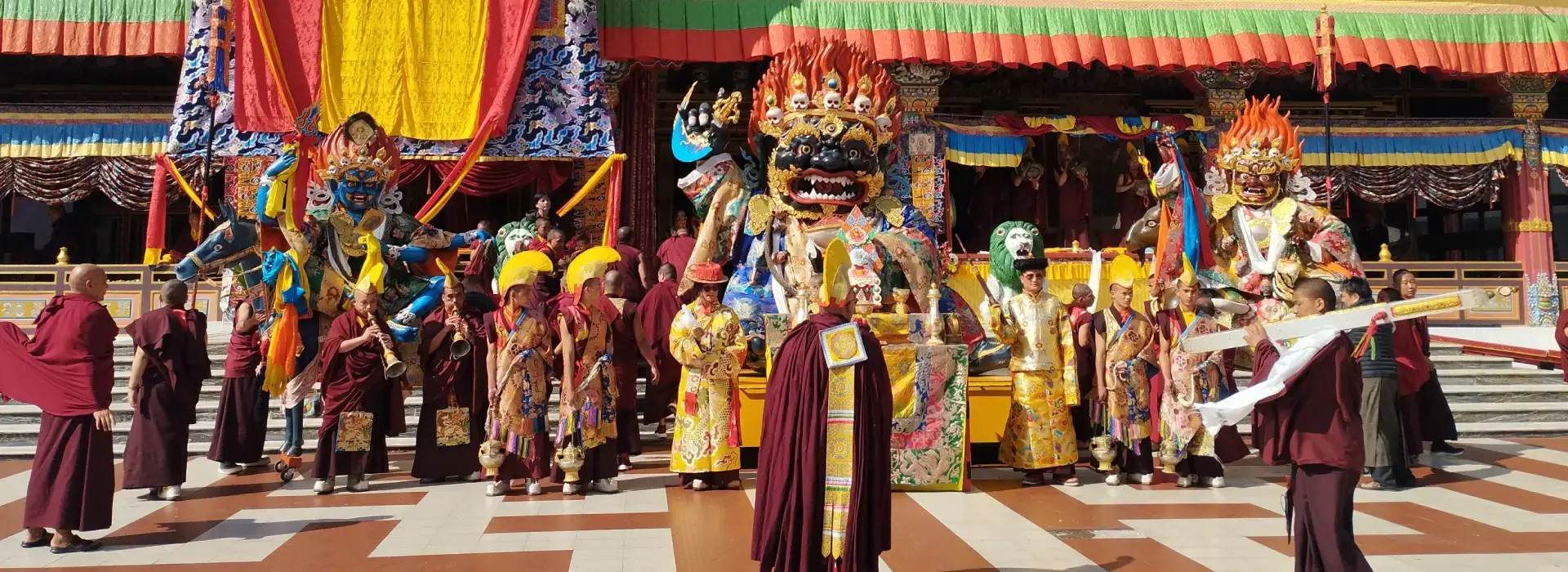
Sikkim Festivals
Located in the Shivalik slopes of Eastern Himalaya, Sikkim is not merely a natural beauty spot but also a cultural extravaganza, in terms of the celebrated festival. From a cultural tourism perspective Sikkim has a lot of festivals, where one can have first-hand experience of the heritage, style and culture of Sikkim It is so rich with so much diversification of many types of culture and tradition. Every festival that the Sikkim holds, from the vibrant Pang Lhabsol dedicated to Mount Kanchenjunga, the meditative Losar for Tibetan New Year or the full-on flamboyance of Red Panda Winter Carnival; each gives the guest memories to cherish. It depicts typical music and dancing, coloured costumes and genuine local voitures, all of which create a festive mood and let a guest celebrate Sikkim's spirit.
These festivals give guests a chance to not only watch the traditions of the state but also meet the friendliness of the Sikkimese. Festivals of Sikkim: Being multiculturally so rich and naturally blessed, it turns out to be an ideal tourist place for every season for all, who like cultural as well as the physical tour.

Sikkim: a lovely state in the eastern part of the Himalayan range is a wonderful Buddhist spiritual centre; the description of Sikkim: and its festivals and brands are vivid proof of it. The “Losar”, or Tibetan New Year, is another important rite which takes place in February or March. This festival marks the beginning of the lunar calendar and is celebrated with rituals for cleansing and rebirth and for asking for beneficent power. People dance, and celebrate; exhibitions are held with spicy non-vegetarian food; butter lamps are lit at monasteries like Rumtek thus painting the place. Another important festival is “Buddha Jayanti”, celebrated between April/May and celebrates the birth, enlightenment and nirvana of Lord Buddha. On this day, Buddhists go to monasteries to offer prayer, to practise meditation and to perform actions of rituals and adoration.
The “Drukpa Tshe-zi” also known as the cultural banquet in the wake of Drukpa Kagyu, includes monks in rituals, with chants, and banner carriers. Monks and followers visiting monasteries like Pemayangtse during this festival are in desperate need of blessings to strengthen their faith. However, “Chhewar”, another important boy-grooming cultural ritual of Sikkim, is also related to the passage of boys to adulthood which involves dynamic performative mode and generosity from the community. Thus, technologically more advanced Sikkim has not only preserved but developed Buddhist festivals as a key heritage for spiritual tourists from all over the world. These rituals, associated with nature, arts and devotion help to overcome the problems of preserving authentic Tibetan Buddhism tradition in Sikkim while accepting new tendencies of the 21st century.
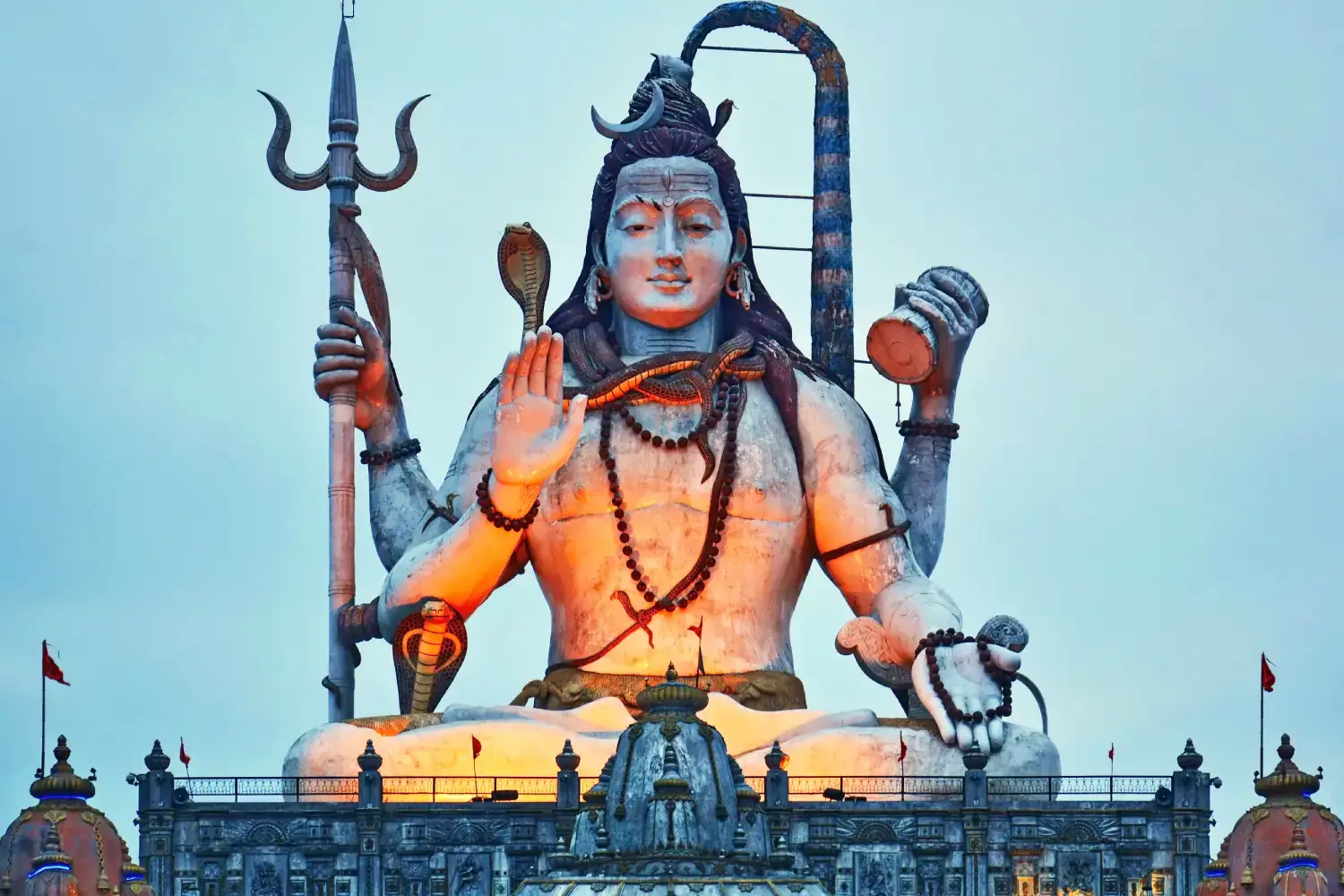
Sikkim Hindu festivals are colourful religious fairs representing the religious tolerance and cultural ethos of the region that gives a glimpse of the tradition and culture of Sikkim. Such festivity, closely connected with traditional Hindu beliefs and influenced by the effects of the Himalayan landscape, contains fantastic adorns, bright manifestations and high religious value. The Hindu festival "Dasain” is a great festival exemplified in Sikkim with great enthusiasm and devotion to symbolize the victory of good over evil. This is a religious feast when together with their families people perform several rites to worship and get blessings, and complete complex rituals with “kalam”, the geometric diagram drawn on the ground, expressing a divine shield.
“Maghe Sankranti” is another Hindu festival which is observed to indicate the ending of winter and the beginning of the new harvest season. Organization of this function includes the coming together of people to the open fields with a Kite, a symbol of health and wealth, new commencement prepared from til ko laddu on this day starting with sesame sweets and then placing an order for “khichdi” which is another specialty of this day. The “Kali puja”, devoted to the goddess Kali, is a very popular worship in the region and during this ceremony temples are illuminated with oil lamps and people pray with a passion for force and protection. The Hindu festivals in Sikkim reflect much more than the rituals, they hint at love for mountains, the rivers, gods and goddesses and the cycle of life. For Sikkim’s Hindus, it is a rite of return to the roots where traditions formed generations ago remain sound, affirming the Hindu bond with the sacred and with each other.
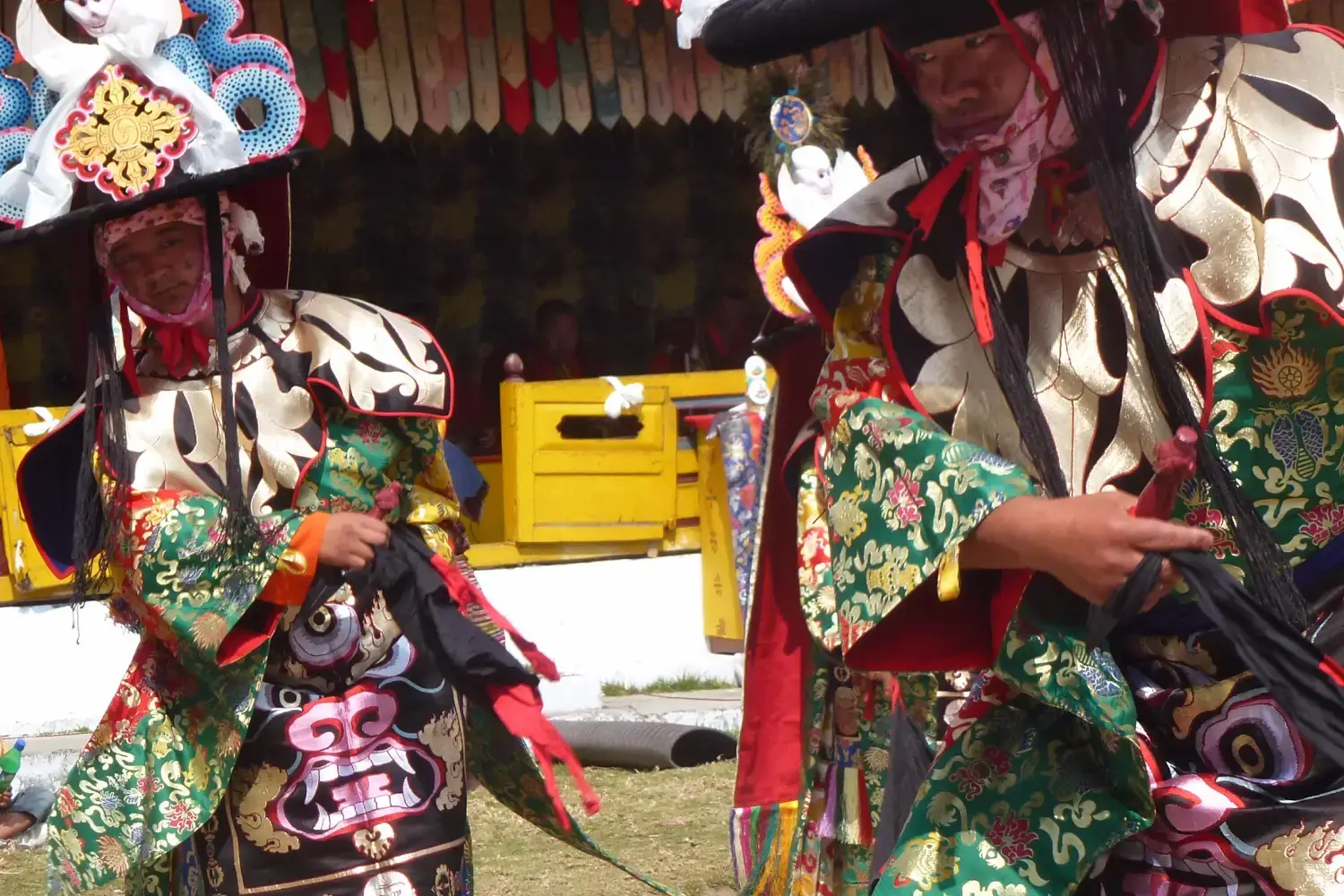
Festivals in Sikkim are a major means of carrying on and preserving the various traditions and history of culture in the state. They are bridges that connect generations with traditional habits and customs and values. Some of these festivals are Losar, Bumchu, Saga Dawa, and Pang Lhabsolwhose festive characters reflect the multicultural character of Sikkimian society comprising different groups like Lepchas,Bhutias, and Nepalis.
Such gatherings render the community more cohesive as they join in joy to perform rituals and give thanks. They also manifest their traditional art forms, music, dance, and cuisine, thus taking care that the base of Sikkimese cultural manifestations remains alive. Festivals do not, however, only hold religious and social meanings but also add to the tourism development of the state by attracting people who want to witness the colourful and traditional celebrations. In essence, festivals in Sikkim celebrate a cultural ethos that provides links of solidarity for the people, allowing their expression in a world that constantly shifts.
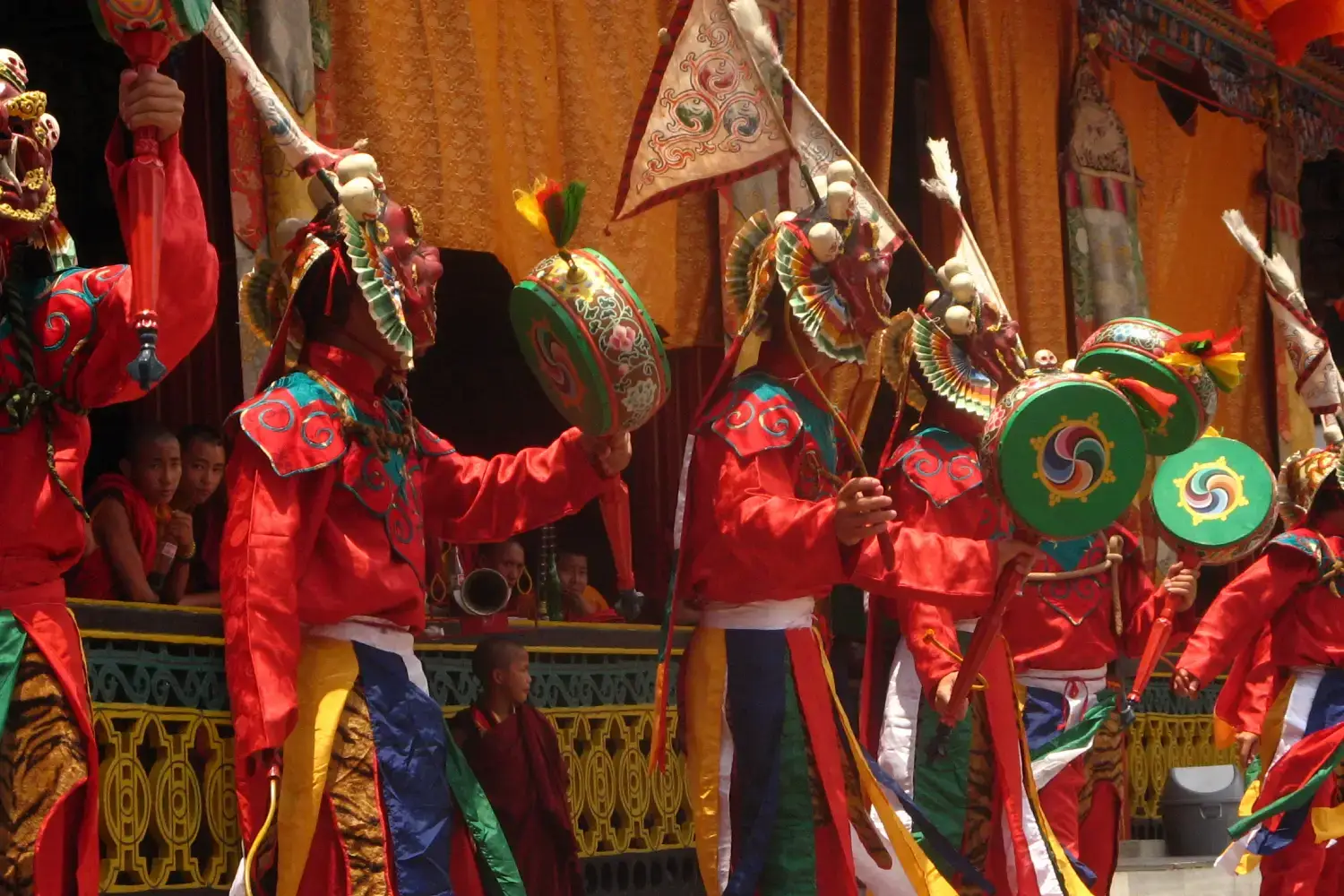
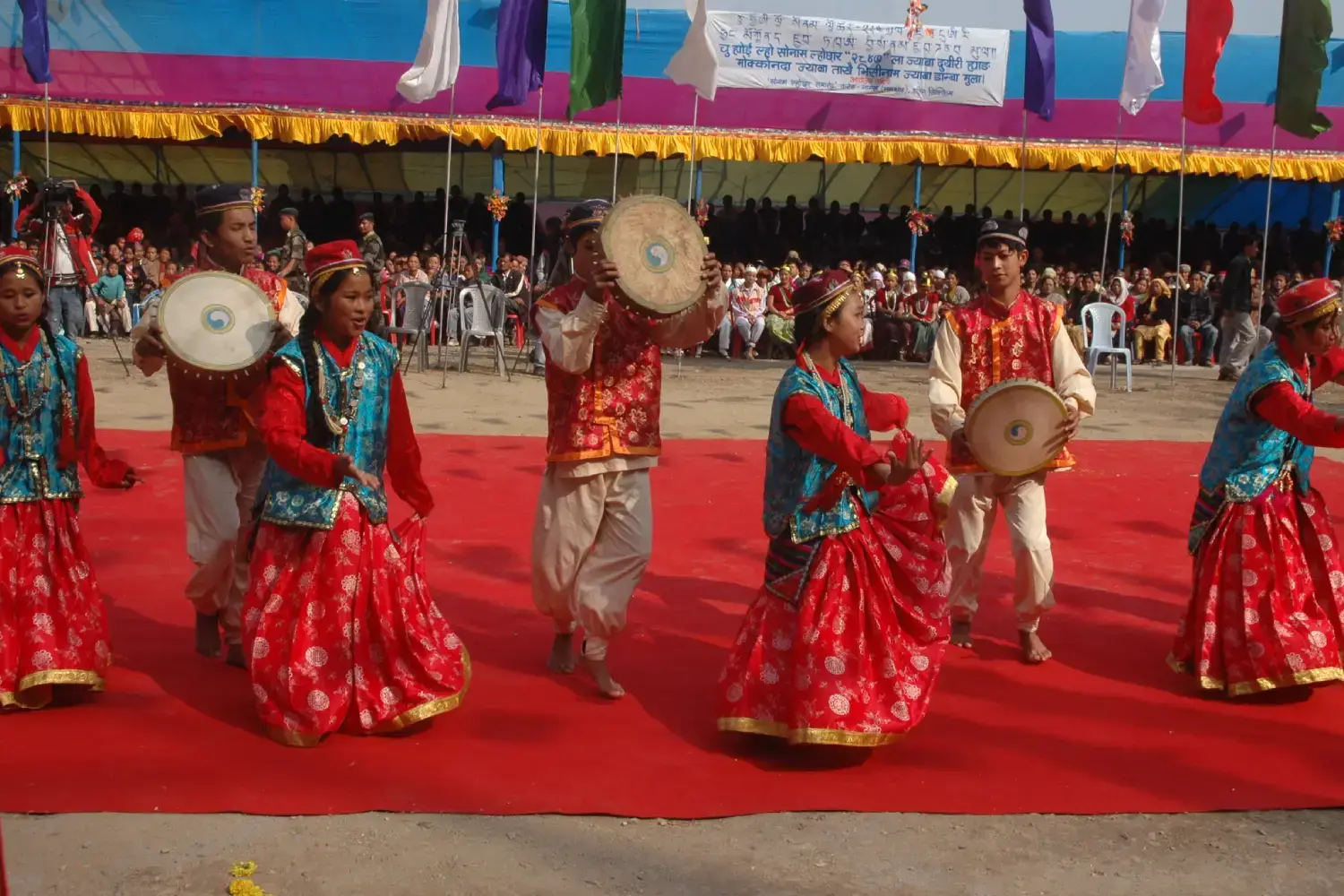
Sonam Lochar is a colourful and culturally overloaded merriment fondly celebrated by the Tamang community of Sikkim and other Himalayan states of India. This event to mark the Tibetan New Year is expected to be held between January and February depending on the lunar calendar. It is a social event and traditional function accompanied by singing and dancing, through which the unique history of the Tamang can be revealed. This festival expresses its strong links with the Tibetan culture and is very interesting for all the travellers who expect to learn more about Sikkim.
It is a thanksgiving feast and worship of the New Year with prayers, rituals and joy. It starts with worshiping the gods in a bid to seek blessings for wealth and health, then there is dancing, singing and eating. Tamang people hang nice coloured flags and other things of good omen right from the roof of their house. This is one of the culturally rich states in India and this particular ceremony includes the elements of both devotion and celebration, thus it is a significant event in Sikikim’s calendar.
Sonam Lochar is a beautiful festival which provides tourists with glimpses of the rich traditions of the Tamang culture which makes it mandatory for anyone intending to visit Sikkim. Their combination of cultural and artistic nightlife alongside stunning Himalayan landscapes provides the guests with a real experience.
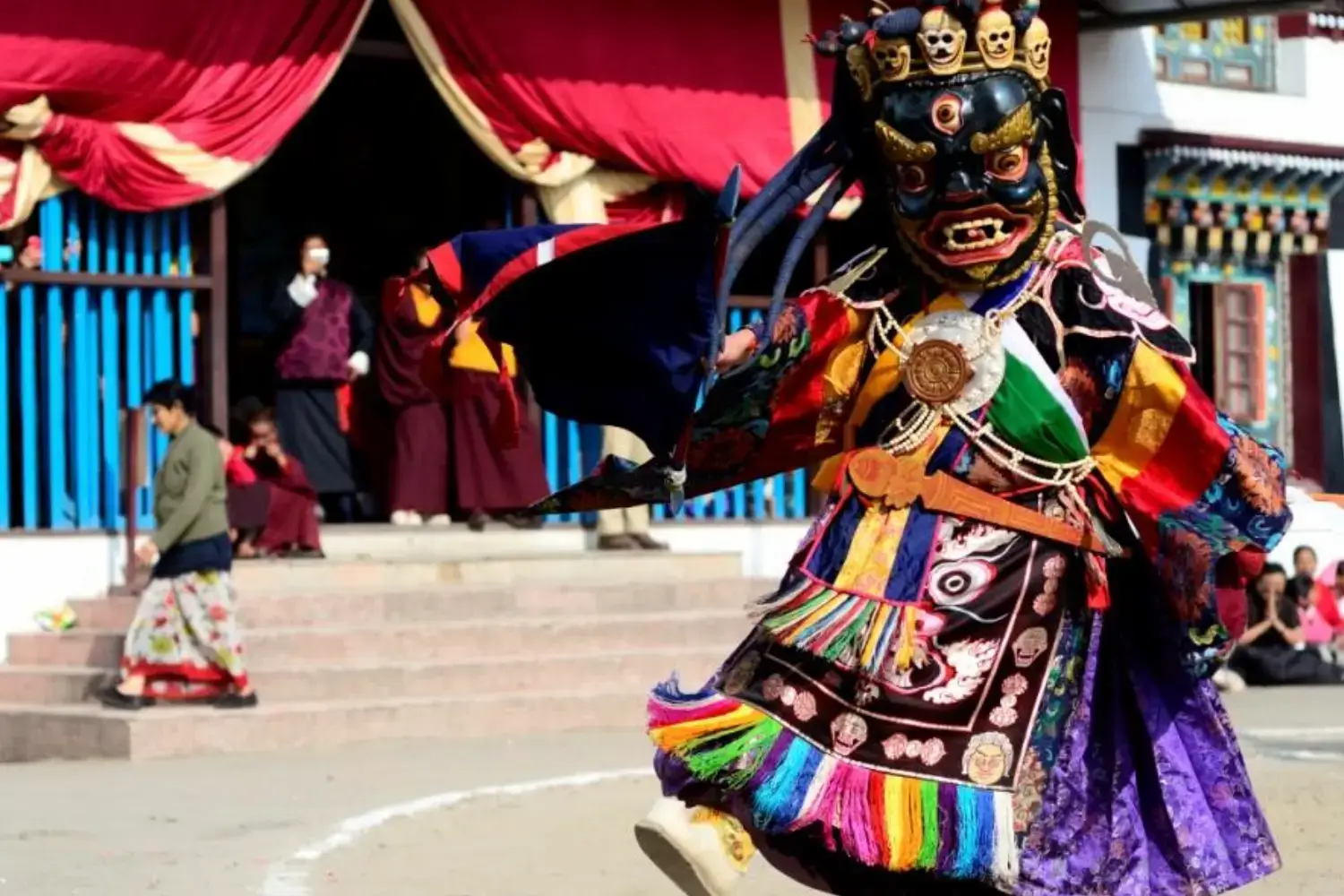
Pang Lhabsol is one of the most significant and colourful festivals of Sikkim which is very popular among both Bhutia and Lepcha communities. This is a once-iterative occasion celebrated in honouring Mount Kanchenjunga, the state’s guardian deity believed to protect the territory and its inhabitants. This fall harvest festival, usually observed in August or September, symbolizes the unity and harmony of Sikkim’s ethnological variety. It is one of the tourism fairs of Sikkim which offers visitors a glimpse of the customs and ceremonial activities of this area.
Pang Lhabsol is not only a traditional festivity honoring Sikkim’s tradition but also stands as an emblem of unity and concern for nature which makes it essential to visit this festival if you are a tourist in the state above the Himalayas.
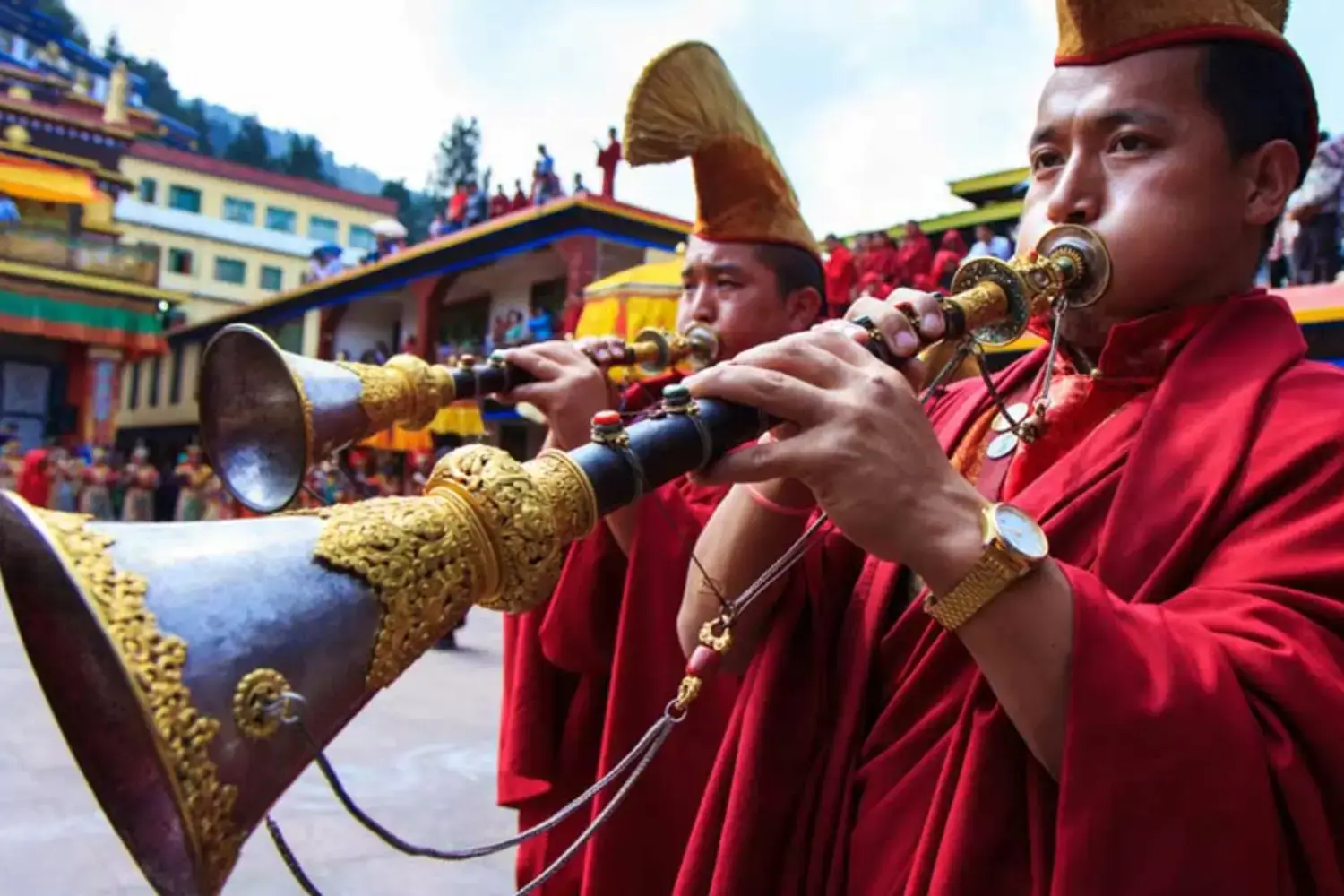
The Losar is a feast predominantly observed by the Tibetans and Buddhists’ in this state is one of the most vibrant cultural functions of Sikkim that marks the beginning of the Tibetan New Year. This festival is generally observed in the last week of February or the first week of March and is a colourful event of Pageantry, rituals, prayers and rejoicing that has tourists across the globe thronging to it. Which is based in the Buddhist lunar calendar, still denotes the transition from the last part of winter to spring; therefore, it can be associated with rejuvenation, purification, and hope. Being an annual event, it gives an insight into the culture and history of Sikkim especially the strong influence of the Tibetan-Buddhist culture and as such it is a fun fair conspicuous to the tourists.
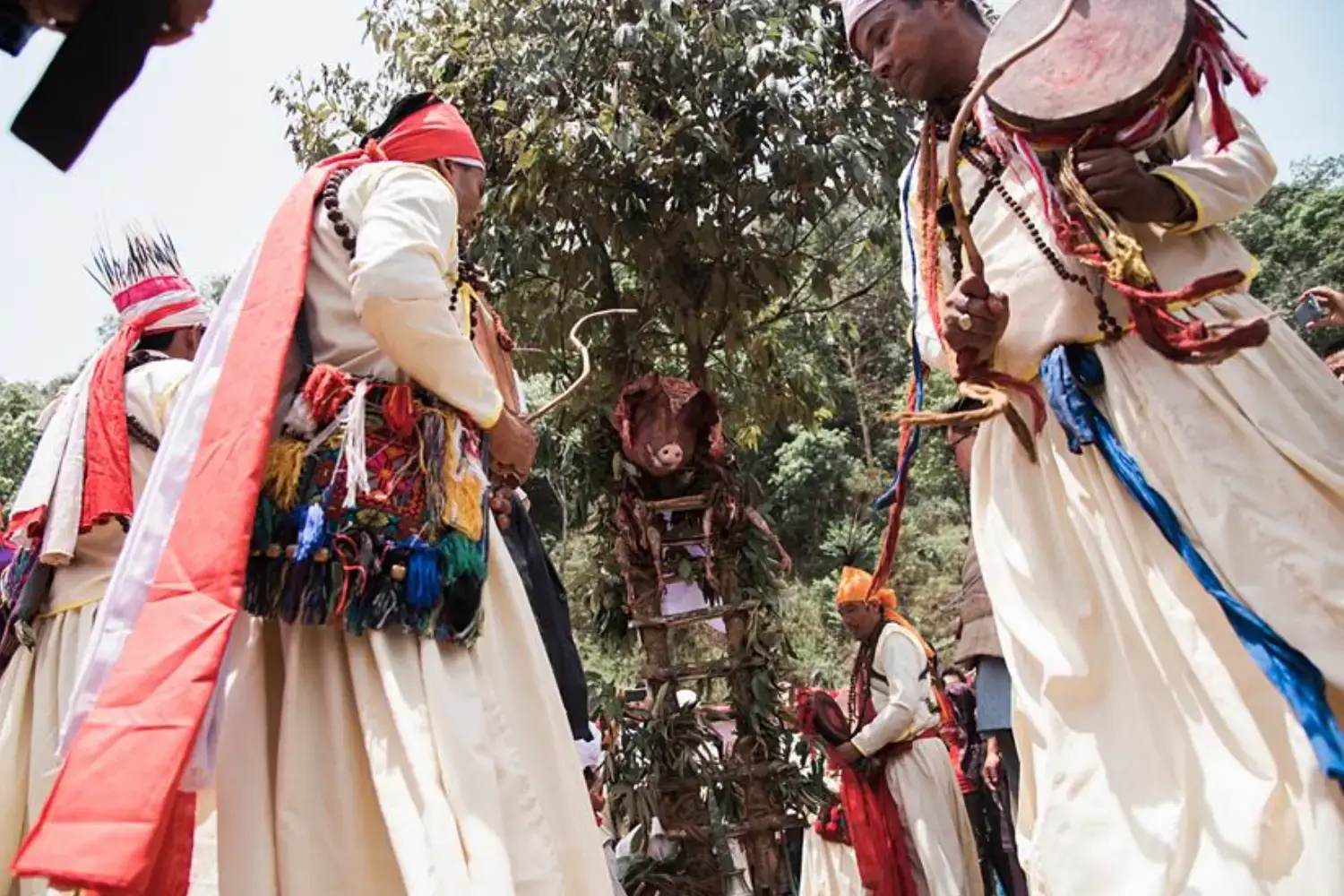
Sakewa, or the Bhumi Puja or the Earth Worship Festival, is in effect a cultural and religious tradition of the Rais of Sikkim and the adjoining areas. This cheerful celebration is for thankfulness to Mother Earth for her blessings that are among them food harvest and resources. Sakewa is celebrated in April-May and is symbolic of the Rai community’s close association with nature which makes it a culturally unique tourism product for Sikkim.
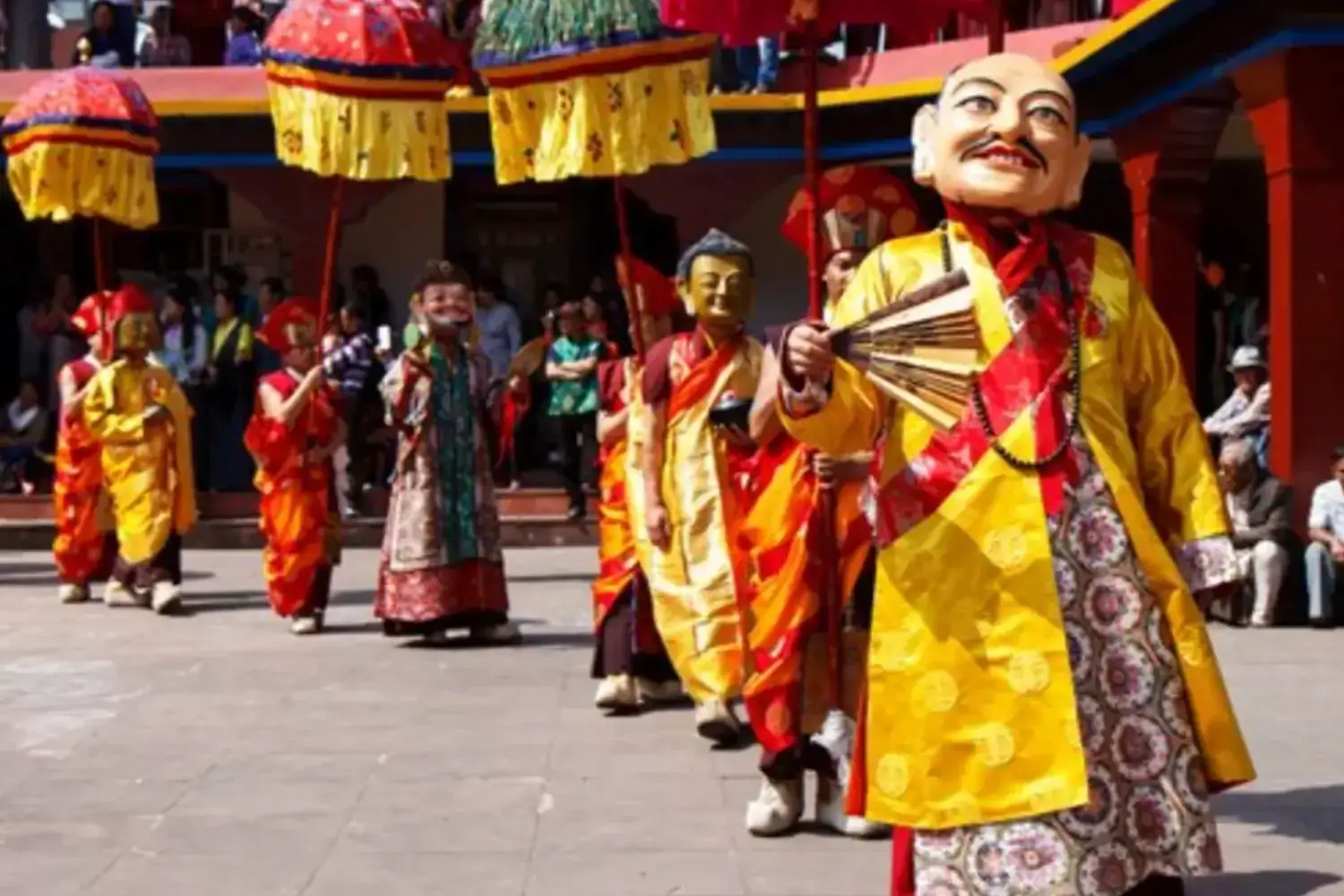
Sakewa, or the Bhumi Puja or the Earth Worship Festival, is in effect a cultural and religious tradition of the Rais of Sikkim and the adjoining areas. This cheerful celebration is for thankfulness to Mother Earth for her blessings that are among them food harvest and resources. Sakewa is celebrated in April-May and is symbolic of the Rai community’s close association with nature which makes it a culturally unique tourism product for Sikkim.
The Drukpa Tshechi Festival held with faith by the Drukpa people of Sikkim celebrates the day when Lord Buddha started his preaching at Sarnath and turned the wheel of Dharma. This event, the most famous religious festival of Sikkim and which is held in the sixth month of the Tibetan calendar, is religious and brings many people and tourists to Sikkim.
Some of the activities within the Drukpa Tshechi Festival include special puja by monks in monasteries in Sikkim not forgetting those belonging to the Drukpa lineage.
Tourism Importance: Drukpa Tshechi is an opportunity for tourists to understand the culture and religion of Sikkim at its best. In institutions like the Rumtek and Ralang monasteries, elaborate rituals, music and dances evolve and become obvious. It is not only that people can get acquainted with Buddhist principles, but also, they can be impressed by the mountain landscape as well as the mysterious atmosphere during the festival. This is because attending this festival enables one to explore more the religious practices of Sikkim but most importantly time with the friendly people of this region.
Guru Rinpoche’s Thrungkar Tshechu is one of Sikkim’s prominent annual cultural and religious festivals to mark the anniversary of the birth of the Tantric master Guru Padmasambhava. Indeed, this event is considered by the Buddhist society in Sikkim, especially the Nyingma pa sect to be highly spiritual and cultural.
At this festival, especially during the ThrungkarTshechu, monks perform various objectives in monasteries with meditation prayers and other rituals to seek Divine blessings and shower virtues of religions.
The ThrungkarTshechu Festival enables you to touch the Spirituality and discover the cultural richness of Sikkim. It provides unique cultural broadcasts based on the surrounding area of the tranquil Himalayan highlands. This event is good for any traveller whether you’re a culture vulture, or just simply want to experience an extraordinary journey through the essence of Sikkim culture.
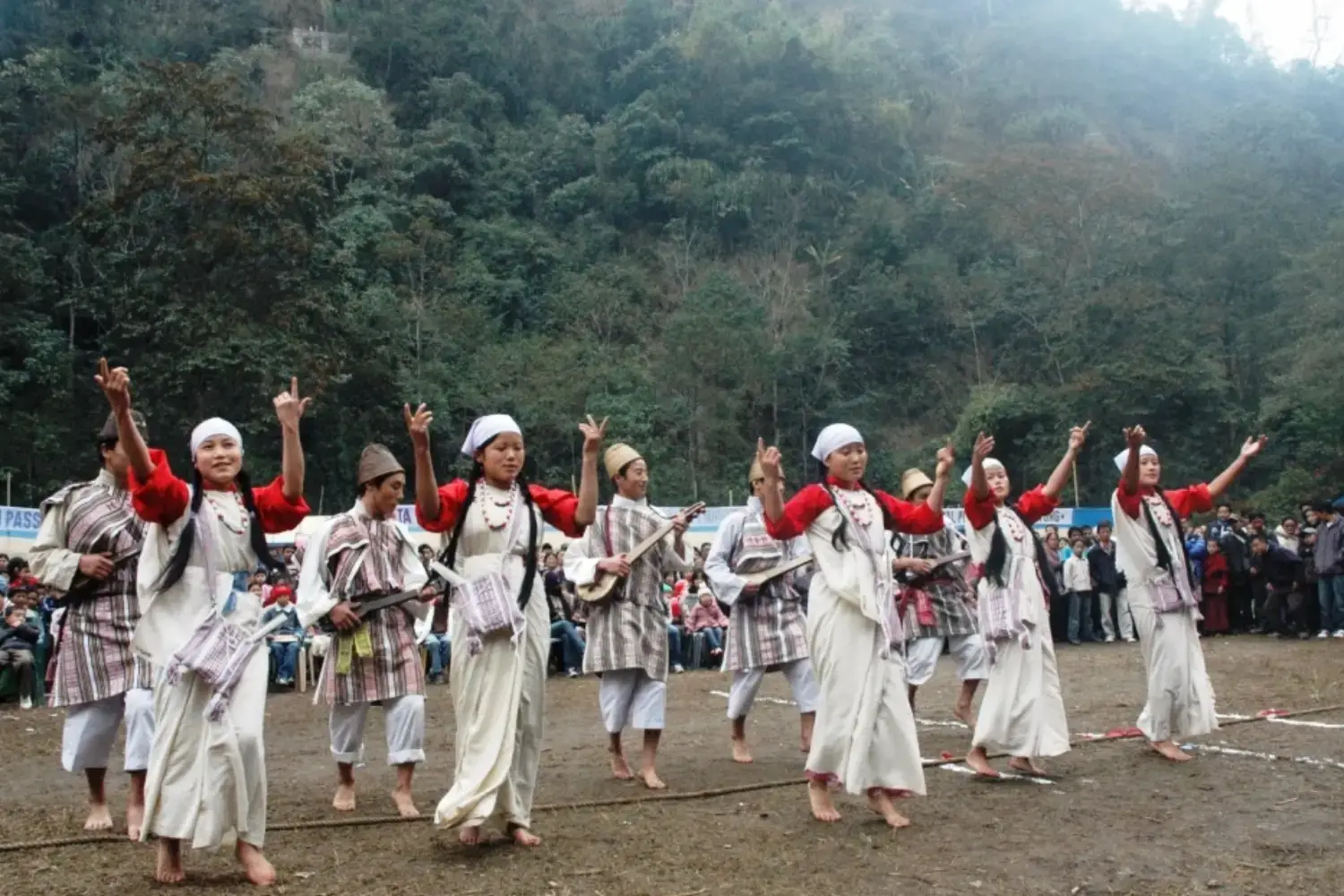
TendongLho Rum Faat is one of Sikkim's most significant and widely observed holidays, particularly in the indigenous Lepcha minority. The annual celebration of Tendong Hill occurs in September as a mark of respect for the sacred landmark. It is the centre of religion and culture among the people of Sikkim. Tendong Hill, as per Lepcha tradition, is the place where the first humans were rescued from a great flood, and therefore, the hill symbolizes survival, tenacity, and divine protection. The event is marked by a series of rituals and prayers by the Lepcha community to invoke blessings for wealth, health, and the well-being of the entire region. It is started by a traditional procession wherein people take out the holy Tendong flag and go on to pay respects at several temples and monasteries.
These events are succeeded by colourful cultural activities, which include traditional songs, dances, and folk arts to portray the grand legacy of the Lepcha tribe. The celebration goes beyond religion, as the age-old bond in the community comes alive for their age-old customs. Locals make their specialties, and families get together to share meals. It further strengthens the feeling of togetherness and cultural pride. TendongLho Rum Faat is one of those distinctive occasions that demonstrate the tenacious cultural richness of Sikkim as an organization that still commands a lot of cultural attention in the state.
Lhabab Dhuechen is one of the most celebrated and popular festivals in Sikkim, holding much cultural and spiritual significance. It marks the day when Lord Buddha came down from Tushita Heaven to the earthy world after a promise he had made to his mother, Mayadevi. It occurs on the 22nd day of the 9th month of the Tibetan lunar calendar, which typically falls in November. It has a special place in the hearts of the people of Sikkim, especially among the Buddhist population, because it represents the triumph of wisdom, compassion, and the link between the heavens and the ground.
During the festival, monasteries and stupas across the state are beautifully adorned with colourful prayer flags, and devotees assemble to pray, light buttGuru Rinpoche’s ThrungkarTshechu is one of Sikkim’s prominent annual cultural and religious festival to mark the anniversary of the birth of the Tantric Master-Guru Padmasambhava. Indeed, this event is considered by the Buddhist society in Sikkim specially the Nyingma pa sect to be highly spiritual and cultural.
At this festival, especially during the ThrungkarTshechu, monks perform various objectives in monasteries with meditation prayers and performing other rituals to seek Divine blessings and shower virtues of religions.
The Thrungkar Tshechu Festival enables you to touch the Spirituality and discover the cultural richness of Sikkim. It provides the unique cultural broadcasts based on the surrounding area of the tranquil Himalayan highlands. This event is good for any traveler whether you’re a culture vulture, or just simply want to experience an extraordinary journey through the essence of Sikkim culture.er lamps, and perform rituals to invoke good fortune for prosperity, peace, and health. The vibrant processions and religious dances, combined with the ear-piercing sounds of cymbals and chanting, generate a sense of devotion and festivity. This event also creates the opportunity to celebrate together while making new ties, fostering that oneness with a collective spiritual essence. Certainly, LhababDhuechen is an extremely spiritual event but also goes along with much of Sikkimese rich cultural legacy to preserve, and age-old traditions continue year after year in their inspiration for and unison among people.
Teyongsi Sirijunga Sawan Tongnam Festival is a popular festival of Sikkim which is celebrated annually in order to promote the culture of the Limboo community. This event is dedicated to Teyongsi Sirijunga, a well-educated man, a social activist, who helped to preserve the old Limboo writing and culture. It is popular and emphasizes unity, cultures, and practices of the Limboo community.
Tourism development in Sikkim means that travelers coming to the state in the time of TeyongsiSirijungaSawanTongnam Festival learn about Limboo’s often unique identity and engage with the current and past. The festival is not merely an occasion to rejoice; it is also a telling narrative on Sikkim’s multi-hued plural ethnoscape contributing to the reason why it would be a shame to visit the state and miss the festival.
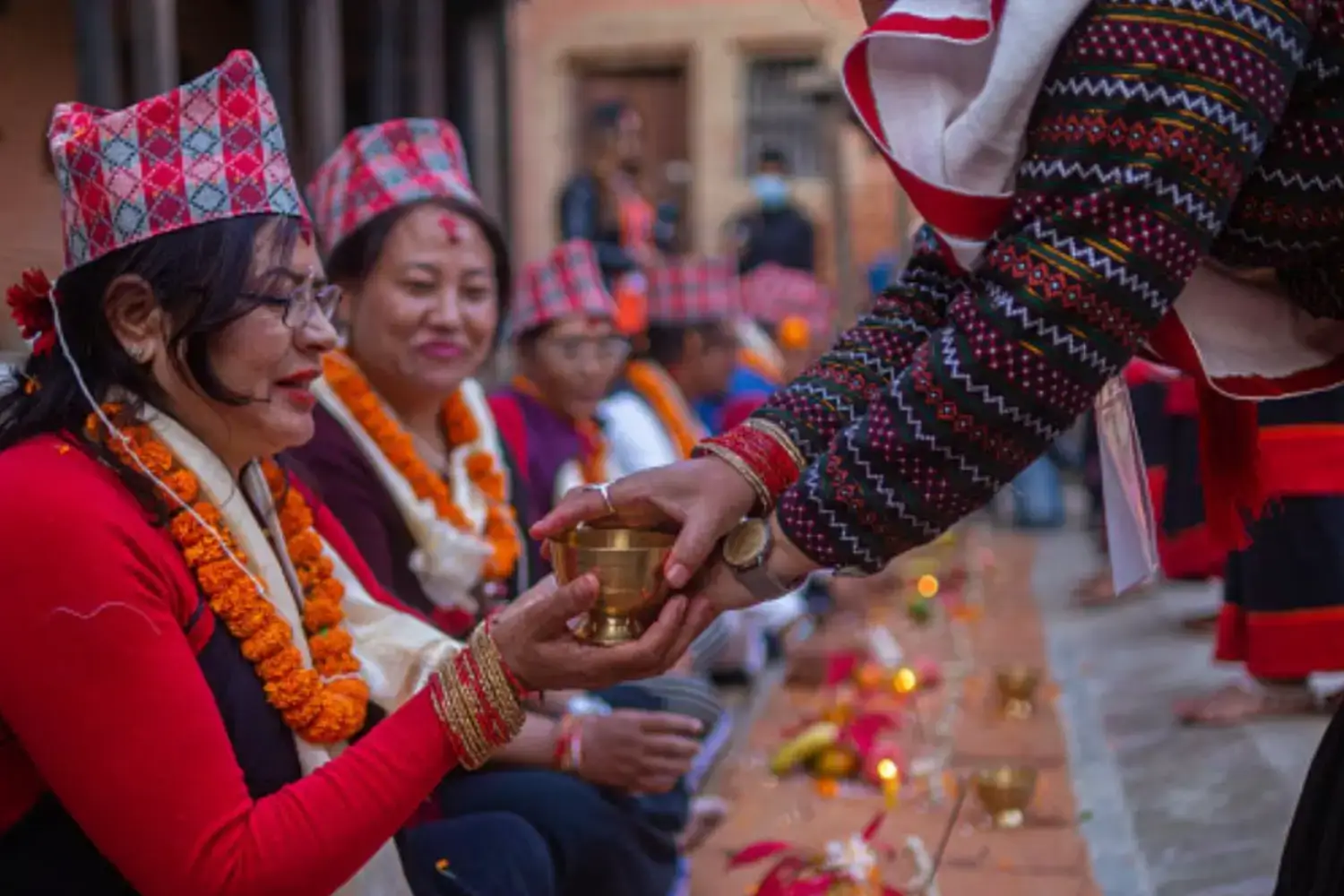
Tihar or Deepawali, the Festival of Lights is one of the most colourful and culturally rich festivals of Sikkim. Tihar is observed chiefly by the Nepali people and lasts for half a week; the main focus is made on the worship of diverse animals, nature, and gods, which unites humanity and nature. Every day of the festival is performed in sequence and ritual, starting from crow, dog, cow and ox, and finally Bhai Tika which in turn symbolizes brother-sister relationship. Front doors, walls, streets, and even rooftops are decorated by oil lamps, candles and exquisite Rangolis look fantastic.
Tihar also helps visitors discover the cultural feel of Sikkim. People can get a firsthand experience on cultural practices, taste Nepali food and enjoy enthusiastic singing and dancing. The special songs include the delightful song of Deusi-Bhailo songs sung by groups going door to door for collecting gifts and donations.
Tihar is not only the festival, but a true representation of the description depicting the synthesis of nature, spirituality and human civilization. This is really an unparalleled experience for those who would wish to get that deeper cultural envelope of Sikkim in particular during these festivity occasions.

Losoong, locally referred as Namsoong is one of the colorful festivals of Sikkim performed mainly by the Bhutia and Lepcha tribes. This funfair is called the Sikkimese New Year annually and harvest festival is held in the tenth month of the Tibetan lunar calendar which falls in December. Losoong is a kind of convention where the tourists can watch Sikkim's customs, better still, its ceremonies, the traditional dances and the sacredness of the area.
Losoong/Namsoong is a cultural show that shows part of the tradition of Sikkim, fun-filled people and warm reception leaves every guest with an amazing experience. The communities of this beautiful state celebrate the arrival of the New prosperous Year.
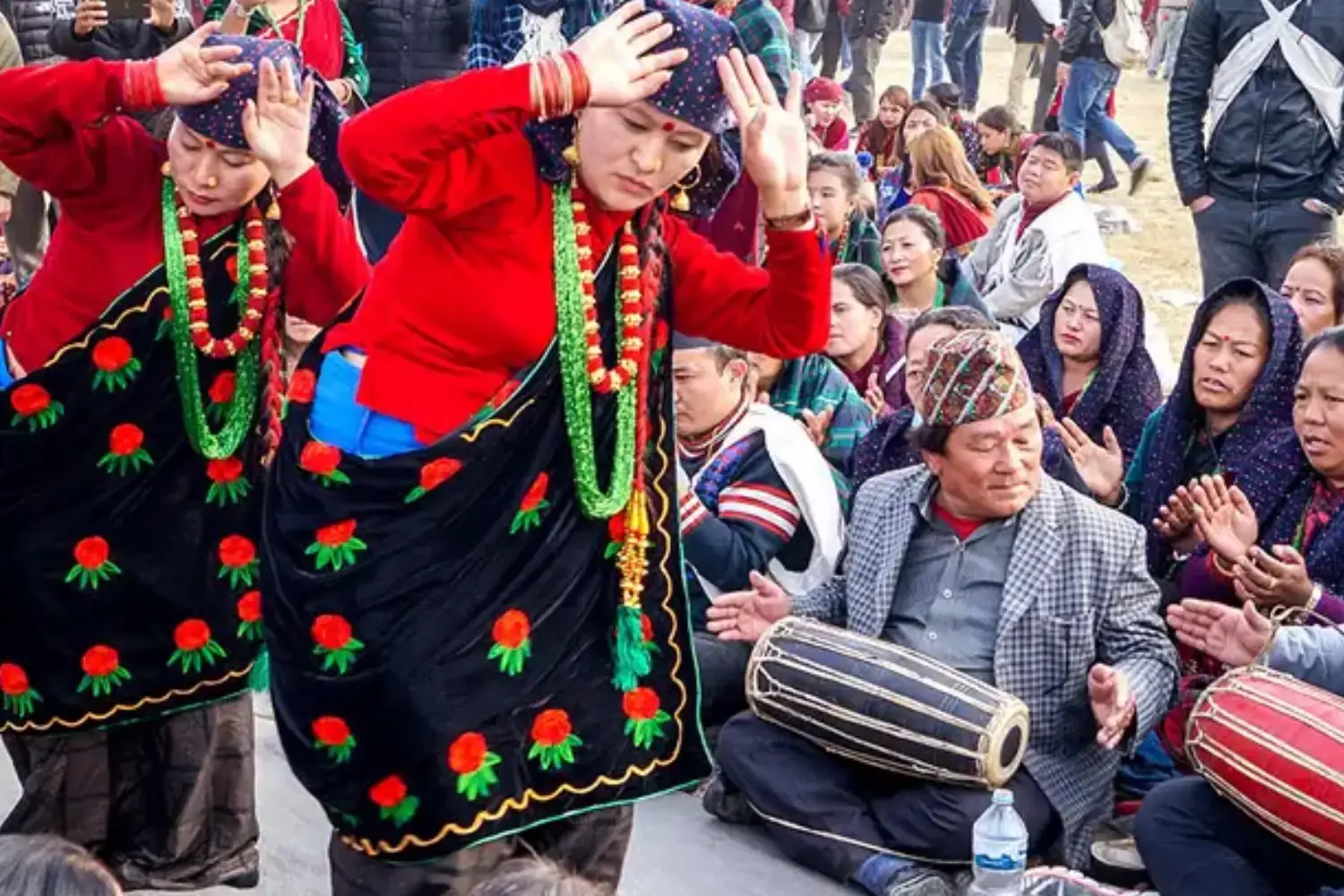
Tamu Lochar is the New Year Festival exclusively observed by the Gurung ethnic community of Sikkim, and is extremely colorful and a cultural event as per the Gurung calendar. There is a lot that characterizes the Gurung for instance their past, culture, and religion which is observed in this event that takes place in the last part of December up to the first part of January, this is for the people-seeking culture travellers. Combining the local word for “Tamu” referring to the Gurung culture and ‘Lochar’ translating to ‘New year’ this is a time of happiness, faith, cultural pride and togetherness.
TamuLochar in terms of tourism offers a glimpse of the Gurung culture making it a valuable addition to Sikkim celebrations. The lively spirit, coupled with warmth provided by the public makes sure that tourists leave with great impressions and appreciate the divers. Alarmingly, it has forced travelling families to opt for carrying mechanized large quantities of goods as there is no other efficient mode of transport available.
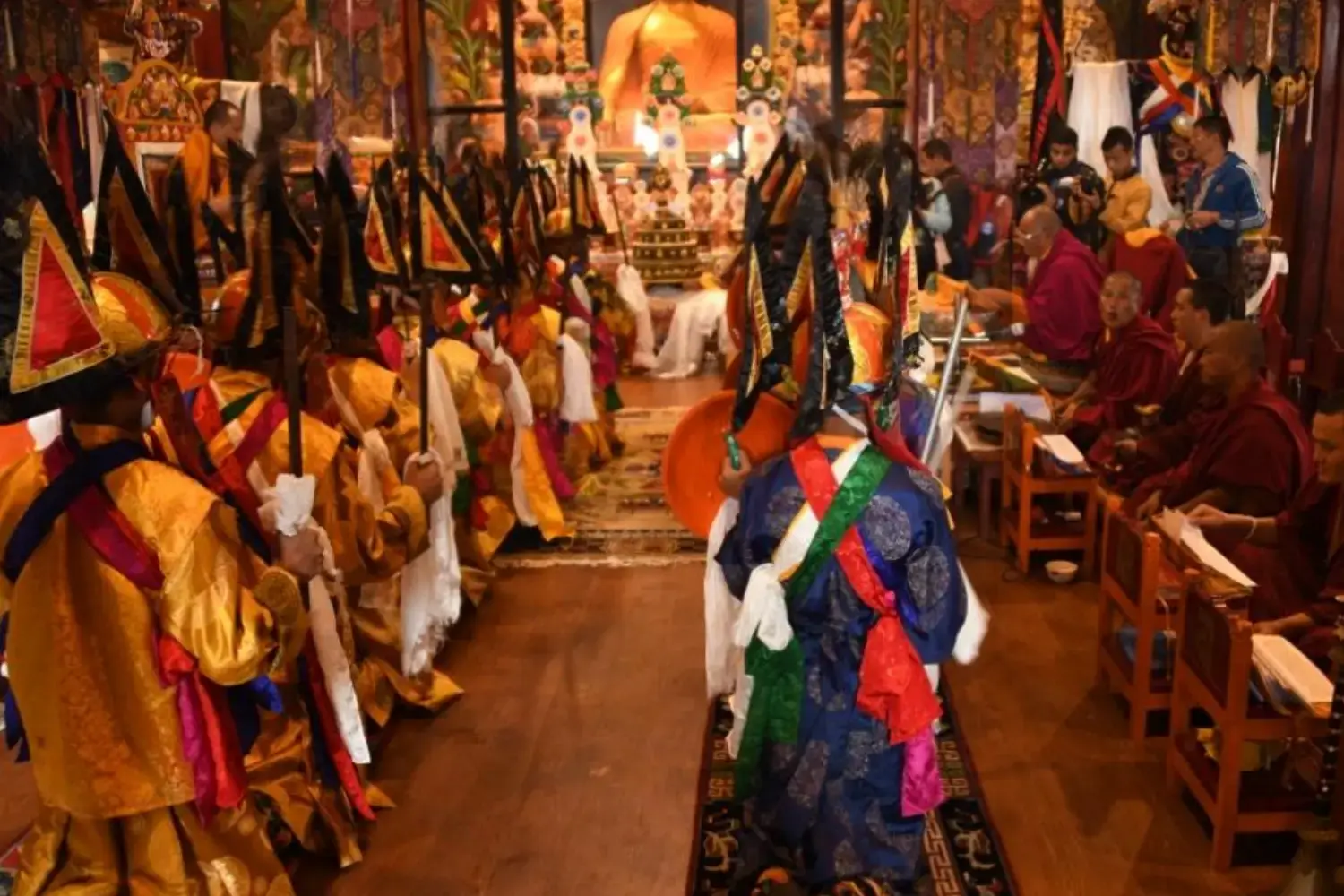
Rich culture, spiritual reverence, and vibrant community gatherings make it an unforgettable experience for somebody visiting the province. This comes around through festivals such as “Losoong”, “Tihar”, “TamuLochar”, and “Buddha Jayanti”, offering a range of cultural activities as varied as the very people of Sikkim.Traditional dances such as the “Chhewar” and “Tamang” dance light up the streets with the performers clad in colorful, flamboyant attire, swaying to the beat of drums and cymbals, their movements a choreographed dance that speaks of the old legends and sacred ceremonies.
Another enthralling performance is the “Yak Dance”, which has been performed in both Bhutia and Lepcha communities, mimicking the graceful movements of the yak, an animal highly revered in Sikkimese culture, through ornate masks and traditional clothes. Spiritual rituals are another main attraction—during “Losoong”, devotees engage in sacred pujas at monasteries, praying and making offerings of fruits, rice, and alcohol, while “Tihar” sees homes and temples decorated with oil lamps and candles, a warm, flickering glow that symbolizes the triumph of light over darkness. The chanting of monks, the fragrance of incense, and the contemplative beats of the “drubchen” ceremony create a deeply reflective and spiritually nourishing environment.
Culinary delights also take center stage during these festivals—whether it's the sweet “roti” (a ring-shaped rice doughnut), the acidic “aalu achar”, or the fermented vegetable dish “gundruk”—these delicacies provide a glimpse of Sikkim's rich agrarian traditions. Visitors can also interact with local craftsmen, be able to observe traditional techniques of weaving and make their own prayer flags, learning firsthand how beautiful and spiritually symbolic such items are. Every festival tourism in Sikkim marks community, nature, and divine connectivity, thus offering an experience to witness the harmonious blend of culture, art, and devotion in the state, all within an unforgettable cultural experience.
It would not be incorrect to term these celebrations of Sikkim not merely as events but as living testimonies to the vibrancy of its rich traditions of culture, spiritual mores, and a fragile harmony between nature and humanity. Be it the vigorous dance of “Losoong”, the reverential celebration of “Tihar”, or the boisterous celebration of “TamuLochar”, diversity is the essence behind all the celebrations in this place. Such festivities bring people from all walks of life together, transcending the differences of ethnicity, religion, and culture to help them feel a sense of community and belonging.
Complicated ceremonies, colourful processions, rhythmic dances, and shared feasts remind one of the values of family, tradition, and thankfulness in the face of nature's abundance. The festival's tourism in Sikkim gives a rich, holistic view of the essence of the region to those who are fortunate enough to witness or participate in these events. They are living proof of how culture can bring people together, nourish the spirit, and appreciate the natural world, making Sikkim a genuinely unique destination to explore and embrace.
Here are quick links to explore the Sikkim Tours Online website and find important information about Sikkim travel, tourism, and holiday packages.